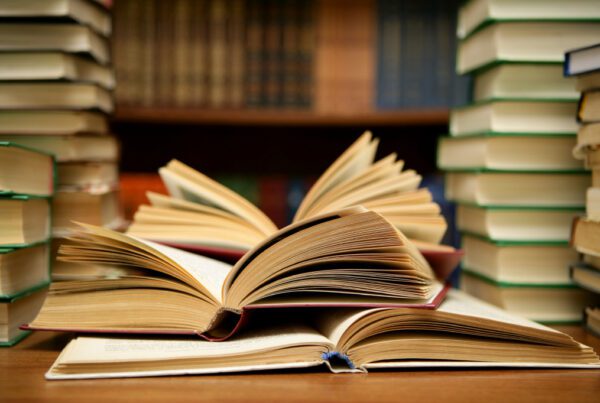
Peggy Hughes is a writer based in Berlin, Germany. She has worked in the education sector for her whole career, and loves to help make sense of it to students, teachers and applicants. Read more on her website.
With the whole world winding down for winter, there is no better time for reflection than December. Wrapping up the year with reflection allows students to draw a line under the term, to take their well-deserved time-off with a greater understanding of what they’ve accomplished, and to return to school in January knowing where they’re at and where they want to go.
Let’s take a closer look at reflection, and how you can practice it in your classroom this December.
Why is reflection important?
The power of reflection is all about metacognition. Metacognition, for the uninitiated, is an awareness of one’s own thought processes (think, meta equals self-referential; cognition equals thinking). In learning, engaging in metacognition can raise students’ awareness of their own progress, strengths, approaches and experiences.
Reflection aids metacognition. Through reflection, students get a better understanding of topics, of their own approach to challenge, and of the experiences they have. They can identify how they achieved what they did, allowing them to replicate that growth. In short – by reflecting, students get to actively engage in and accelerate their learning.
What exactly should students reflect on?
The first thing on which students should reflect is their achievements. What, over the last few months, has made your students feel proud? No need to limit this to academic success –collaborating with a classmate, getting an assignment done with time to spare, or juggling two bits of coursework are all noteworthy successes. Students should also take the time to document why each achievement is important, and how they will benefit from it.
Up next are the challenges. What did your students find hard this term – and more importantly, why? What helped in that moment, and what would they do next time?
And finally, a combination of the two. Students can link their challenges to their achievements, reflecting on the moments in which they overcame struggle to boost their confidence and foster a growth mindset.
Three models of reflection
1. What? So What? Now What?
As the title implies, the “what, so what, now what” reflection model walks students through three steps. The first prompts students to describe their learning experiences and their reactions to them; the second to explain what these experiences meant; and the third to state how this might inform their future learning.
2. DEAL
DEAL stands for “describe”, “examine”, and “articulate learning”.
Similarly to the “what, so what, now what?” model, DEAL guides students through the reflection process by first asking them to describe what happened, second to explain its significance, and third to summarise their learning and set goals for the future.
3. ICE
The ICE model, which stands for “ideas”, “connections” and “extensions”, approaches reflection from a slightly different angle.
“Ideas” asks students to describe a learning experience. “Connections” then encourages students to draw parallels between the learning experience and what they have previously learnt, including the wider curriculum (particularly useful at the end of a term). “Extensions” then asks students to take what they have learnt and consider how they would apply it in the future.
Reflection activities to try this December
With end-of-term energy lagging, it can be tricky to rope students into lengthy exercises. These quick prompts and tasks make engaging easy, reaping reflective rewards with minimum effort.
Quick writing reflections
Using prompts for reflective writing can help pave the way for students. For example:
- “I used to find…. hard, but now I understand that…..”
- “This term I did… really well, and this means that I…..”
- “Right now I can…. and next term I want to…”
Embrace the struggle
According to Stanford Professor Carol Dweck, struggle is vital for learning. Try asking the following questions to your class:
- Did you leave your comfort zone this term? How did it feel?
- When you struggled, what helped you feel better?
- If you were to face another struggle in learning, what would you do differently?
One minute of writing
Pick a topic and take a minute to reflect by writing about it. Make sure that students include:
- What the topic was and a quick explanation;
- What their experience was like and how it differed from their expectations;
- What knowledge they will take forward.
“More/Less” lists
An internet trend from back in the pandemic, the more or less list is a fun way to look back and to plan ahead. Students should divide a piece of paper into a “more” column and a “less” column, drawing icons in each to represent what gets left behind and what’s coming back in the new year.



